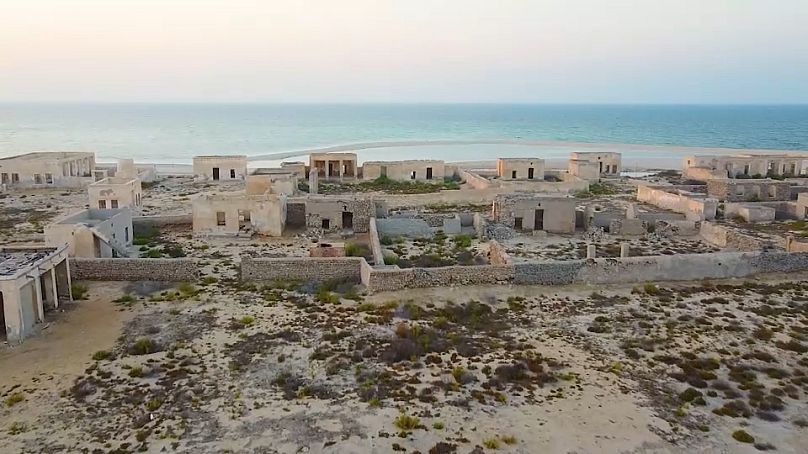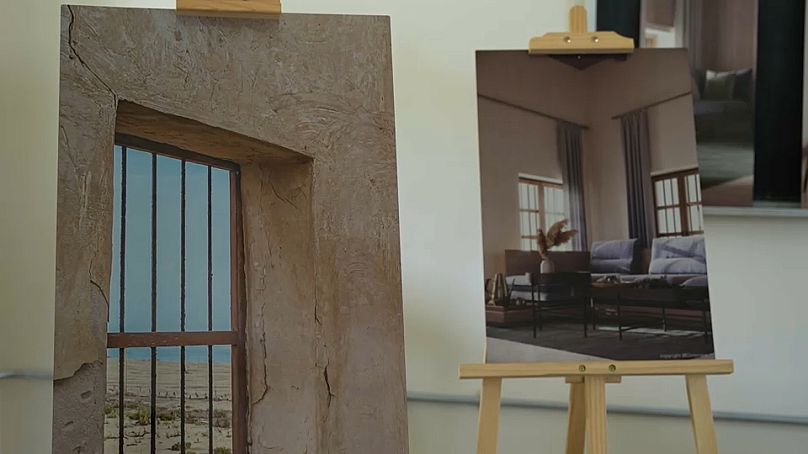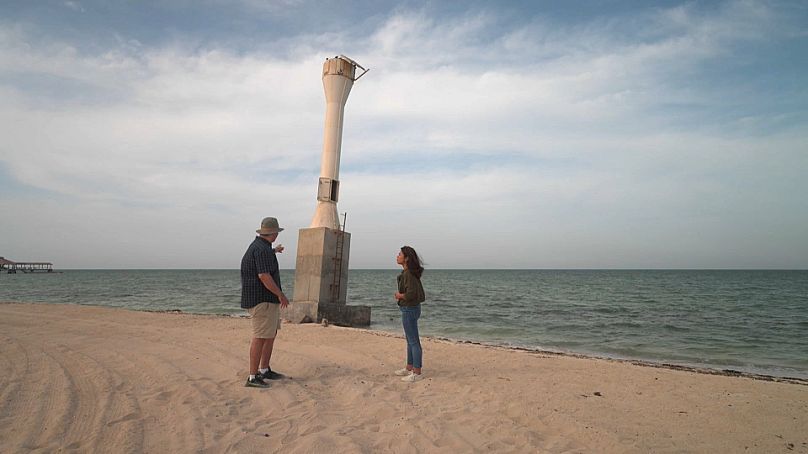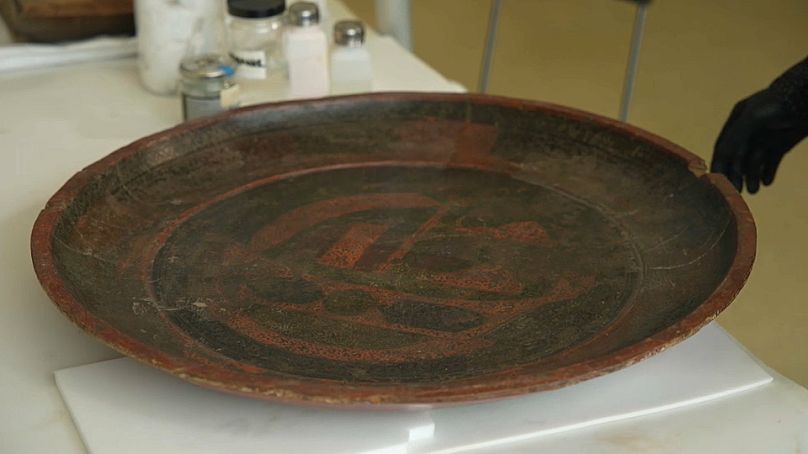In this latest episode of Qatar 365, we’re exploring how Qatar is preserving its heritage sites, turning an ancient settlement into a tourist attraction and the attention to detail when it comes to protecting historical objects uncovered from its desert landscape and beyond.
At the very northern tip of Qatar, a plan is underway to turn an old, abandoned settlement into a modern tourist attraction. Once a thriving settlement, Al Mafyar was abandoned around 50 years ago. Since then, the former buildings have been left to the elements.
Using the bones of what’s already available, Qatar Museums has grand plans to rejuvenate this village and turn it once again into a centre of cultural importance.
The vision is to turn Al Mafyar into a tourist attraction with cultural and heritage eco-friendly activities. The design team behind bringing this vision into existence say they’re drawing on the village's history for inspiration.
“What we want to achieve is to bring back the community life to this deserted village,” says Omar Merhebi of G Interiors, who is working on the interior design of the project. “Each house has its unique form, its unique character, so we wanted them to have a sense of that belonging to that place and take that journey.”
Respecting the past space
The decision to redevelop the site wasn’t made lightly. Archaeologists working close to the project needed to make sure that older ruins below the ground were protected and unscathed in the process.
“There are some sites where they would not be appropriate. There are some buildings where it would not be appropriate,” says Dr Rob Carter, a Senior Archeology specialist at Qatar Museums.
Carter continues: “In other cases, if it was not done, then these things would just collapse anyway and disappear and become fully archaeological. So, you might as well make use of them and you might as well make use of them in a way that makes the best of the natural environment and the archaeological remains that surround them.”
Details matter
One of the key considerations of this development is choosing the right materials for the reconstruction. Materials were chosen carefully to match and blend with the surrounding land
“One of the key considerations of this development is choosing the right materials for the reconstruction,” explains Merhebi. “The natural surroundings of the village have been a huge source of inspiration for the designers.”
Challenged by the elements
As Qatar is a low-lying country, rising sea levels are a huge concern for the country’s landscape.
Dr Essam Heggy a chief scientist at QEERI, at the Hamad Bin Khalifa University showed Euronews the impact of global warming on Qatar’s shores.
“We see this communication tower that was built not on the sea. It was deep inland [...] Now, we see the water has reached the base of the communication tower and pushing it to fall, little by little into the water.”
Startingly, Dr Heggy explains that the water could move inland by 2 metres – to as much as 7 metres each year.
Qatar is thus racing against time to protect itself, and projects like the Al Mafyar in the future. Through science and technology, it hopes to mitigate any damages along the Qatar Peninsula/
Preserving Qatar’s National Treasures
A big part of Qatar’s preservation and conservation efforts is also restoring ancient artefacts, found by archaeological teams at dig sites across the country and beyond. And that takes us here, to the Museum of Islamic Art in the heart of the capital, Doha.
These are just some of the thousands of historical objects housed at the Museum of Islamic Art. It’s a miracle that these artefacts have lasted through centuries. And the museum takes great care in making sure they’ll last for generations to come.
Whether it’s glass, wood, textiles, metals or paper, there’s a conservator who specialises in taking care of each artefact. These experts help ensure the safe preservation of these historical objects, whether they’re on display or in storage.
Wood conservator Stefan Masarovic is scrutinising a piece he just received.
“Wood as an organic material can decay much faster than inorganic materials. And it's very sensitive to humidity. It can be attacked by moulds or insects, wood-eating insects. And that's why it can get damage that is irreversible,” says Masarovic.
Above all, behind the spotlight of the galleries is where history comes alive. As well as protecting its history, Qatar is going up and beyond to preserve its key heritage sites and natural landscapes.
















